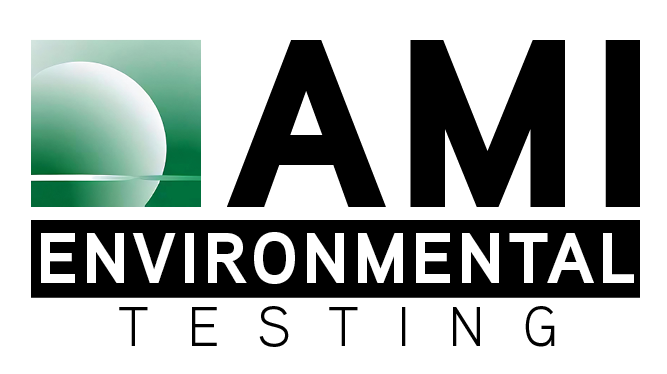Ten percent of all manufacturing jobs in America are welding related. 700,000 workers employed in the United States have been exposed to dangerous welding fumes. In welding fumes alone there are seventeen different chemicals or agents that can directly affect a person’s daily life or cognitive abilities. The more dangerous chemicals such as cadmium can kill a person if they have been exposed to the chemical in high doses or for an extended period of time. Precautions need to be taken when dealing with dangers of this magnitude and at AMI our goal is to prevent a serious problem.
What is in welding fumes?
Many different materials make up welding fumes. 90-95% of welding fumes are created by filler materials. Exposure above the occupational exposure levels may develop health problem from products in the filler material:
-Zinc- may cause metal fume fever (flu like symptoms)
-Cadmium- may cause death
-Beryllium- may cause chemical pneumonia
-Mercury- may cause tremors, emotional instability and hearing damage
-Lead- brain damage, nervous/reproductive/circulatory system damage
-Fluorides- may cause pulmonary enema and bone damage
-Phosgene- may destroys lung tissue
Long term effects from Welding Fumes
Welding fumes can have long and debilitating effects on the human body possibly leaving it crippled or making a person self-reliant on others to do daily activities. There is no more disease that does this called manganism (a variant of Parkinson’s disease) which can be triggered by being exposed to manganese. Manganism attacks the central nervous system causing tremors (shaking), slowness in movement and trouble walking. There is no cure yet for Parkinson’s or many other diseases caused by welding fumes. Many of the diseases are very costly to take care of and need constant supervision to make sure that the person is being properly cared for.
What if we are already taking steps to protect employee safety?
Some organizations may believe that they are taking the necessary steps to protect employees from exposures during welding activities. Preventative measures such as training, hazard communication, proper PPE and providing adequate local exhaust ventilation are essential for employee protection and OSHA compliance. Many of the PEL’s established by OSHA were developed from the toxicological and epidemiological data from the 1970’s or earlier. As such it is important to reference other sources of occupational health data such as the TLV’S developed by American Conference of Governmental Industrial Hygienists (ACGIH), the REL’s from the National Institute of Occupational Safety and Health (NIOSH) or the WEEL’s from the American Industrial Hygiene Association (AIHA). Having the latest OEL’s based upon the most current literature can help the organization make better decisions.
How can AMI Environmental protect employees and the reputation of business?
At AMI Environmental, our main goal is to assist businesses and create a safe working environment, while adhering to government regulations. With decades of experience, our Industrial Hygiene Professionals purpose is to help our clients not only protect your workers but also manage risk. Allowing you to then enjoy the peace of mind knowing your employees will be protected from harm. AMI will work to establish and maintain a safe work environment, including surveying your facility for risks; provide testing within your facility; maintain testing protocol; and assist in the recording process. If you have any questions or concerns, please contact Doug Marshall at [email protected].



